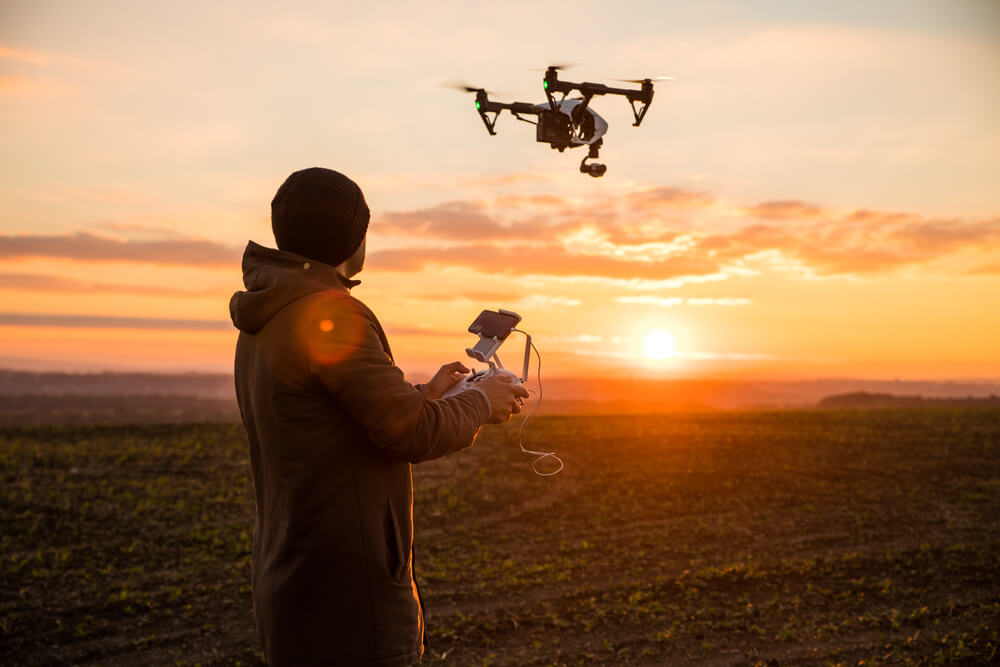Understanding the Legal Framework for Counter-UAS
The field of counter-UAS legal framework is governed by a patchwork of laws and policies that vary significantly across different regions and jurisdictions, creating a challenging landscape for legal compliance. In the United States, for example, federal laws such as the Federal Aviation Administration Reauthorization Act and the Preventing Emerging Threats Act set the groundwork for how counter-UAS measures can be legally implemented. These laws primarily focus on balancing the protection of airspace from unauthorized drone activities while ensuring privacy, safety, and the rights of drone operators are not unduly infringed upon.
The legal framework for C-UAS is complicated by varying international drone laws. In the European Union, for example, member states follow EASA guidelines, which govern drone and counter-drone activities. This fragmentation means that entities aiming to deploy counter-UAS technologies must be acutely aware of the specific legal requirements pertinent to their geographical area. As technology continues to evolve, so too must the legal frameworks adapt, often resulting in a rapidly shifting regulatory environment.
Privacy Concerns in UAV Detection
As the use of UAV detection systems becomes more prevalent in counter-drone strategies, privacy concerns in UAV detection have surfaced as a significant issue. These systems, which are designed to detect and monitor drone activity, often employ a variety of sensors and surveillance technologies that can inadvertently infringe upon privacy rights. Tracking drones, particularly in crowded areas, raises privacy concerns, as detection systems may collect data on both unauthorized and legal UAVs, leading to potential unwarranted scrutiny of lawful activities.
Stakeholders must balance public safety with privacy concerns in UAV detection, following legal frameworks and using strategies like data minimization and anonymization to protect individual rights while addressing security threats. Transparency in UAV detection systems helps build trust and ensures privacy law compliance. By balancing ethics and technology, stakeholders can address surveillance concerns while protecting individual rights.
Regulatory Challenges in Developing Anti-Drone Technology
As UAV detection technology rapidly advances, developers face regulatory challenges that can slow innovation. Outdated and complex regulations often create barriers, especially for pioneering technologies that don’t align with existing frameworks. The lengthy certification process adds another difficulty, delaying the introduction of new solutions to the market. Balancing safety, compliance, and privacy concerns in UAV detection is important, but regulatory challenges can slow progress and hinder innovation in anti-drone technology.
Privacy concerns in UAV detection and regulatory challenges in anti-drone tech present significant obstacles, as anti-drone measures must comply with diverse international, federal, and local laws. These legal frameworks for C-UAS can delay technology development, increasing costs and extending timelines. To address these issues, collaboration between regulators and industry stakeholders is essential, ensuring innovation can thrive while meeting safety and legal standards.
Ethical Implications of Counter-Drone Measures
The ethical concerns of counter-drone technologies are complex and require careful consideration. As drones become more widespread, the demand for counter-UAS systems increases, but this also brings the risk of misuse. These technologies, if not regulated properly, could infringe on privacy, suppress free speech, or target individuals unfairly. Ensuring responsible use of counter-drone measures is vital to protect human rights and follow ethical guidelines. Operators must make sure their actions are justified and proportionate, addressing both privacy concerns in UAV detection and regulatory challenges in anti-drone tech.
The societal impact of counter-drone measures must be carefully considered, as their use could influence public trust and confidence. Ethical guidelines are needed to balance security needs with civil liberties, ensuring transparency and accountability in how counter-UAS technologies are applied. By fostering a responsible approach, stakeholders can reduce risks and promote these technologies as security tools rather than instruments of oppression. Operators and regulatory bodies must collaborate to create frameworks that address both drone threats and moral concerns, ensuring that the deployment of counter-drone measures aligns with societal values and ethical principles.


Recent Comments